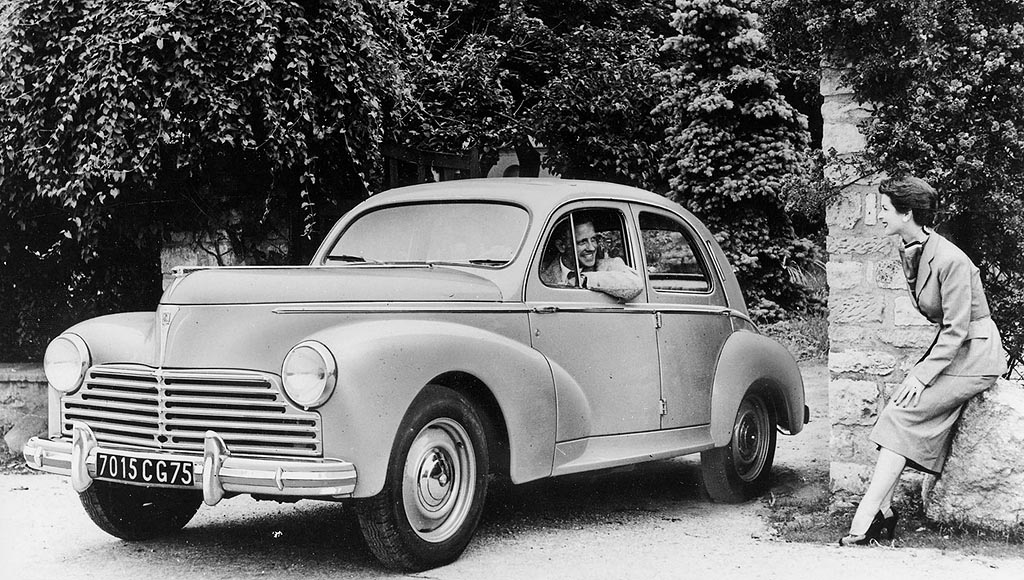And there were many automobile makers in France, even in the depth of the Great Depression. For example, the mid-decade 1935 Paris salon had 27 firms exhibiting passenger cars. Those 27 firms produced only about 170,000 cars that year, and 3/4 of those were from the "big three" -- Renault, Citroën, and Peugeot. The remaining manufacturers averaged about 1,550 cars that year, which makes me wonder how they could afford to keep body designs even halfway fashionable. The largest firm, Renault, produced around 58,000 cars that year, yet marketed ten lines of cars using what seems to be three basic bodies -- which also seems like a small basis for product renewal.
Regardless, French car styling from the 1930s was innovative and varied. Admittedly, this was especially the so for custom-built bodies, but also was the case for factory models. The images below are mostly of standard production cars.
Bucciali Double-Huit - body by Saoutchik - Paris Salon 1931
This car was intended to astonish, something it still does 85 years later. It has a underslung chassis, so it sits low. The low stance is further emphasized by the large wheels and extremely long hood. Not to mention the low-headroom passenger compartment.
Voisin C 20 - Paris Salon 1931
Many of Gabriel Voisin's designs also astonish. His C 20 and C 22 models feature radically disaggregated components.
Voisin Aérodyne - Paris Salon 1934
This is a pre-production car, but essentially the same as the few that were built. Here Voisin edges towards aerodynamic shaping on his way to the 1936 Aérosport.
Citroën Traction Avant - 1956
The Traction Avant line was introduced for 1934, and its design was virtually unchanged even by 1956, the year before it was replaced. The body is low because it lacks a driveshaft and also a chassis, being of semi-unitized construction. One French styling fashion in the late 30s was the belt line drooping towards the rear, as can be seen here.
1935 Renault Nervastella Grand Sport
Unlike the Citroën, this top-of-the-line Renault is tall. And it also has a somewhat streamlined appearance that's negated by the formidable grille-hood combination. Note especially the the highly-sloped, V'd windshield: advanced for 1935.
Peugeot 402 - ca. 1939
The 402 first appeared for the 1936 model year and, like the Renault above, featured a streamlined look. The body aft of the cowling seems inspired by the 1934 Chrysler Airflow. For me, the most intriguing feature is the headlamps buried behind the grille.
1937 Hotchkiss 686 Coupé Modane
By the mid-1930s Hotchkiss' were solid looking cars. Attractive, slightly conservative styling for its bourgeoise clientele. I am especially fond of the grille design that relates well to the fenders.
1937 Panhard Dynamic
The ancient firm Panhard et Lavassor developed styling senility in the early 30s with its Panoramique three-piece windshield design that progressed to the strange Dynamic model shown here with its central driving position. "Creativity" does not necessarily produce good results.
Talbot-Lago T 155 SS by Figoni & Falaschi - ca. 1938
Finally a fabulous "Goute d'eau" (teardrop) Talbot-Lago custom that's marred by having spats over the front wheels. Most similar Talbots had exposed front wheels.













